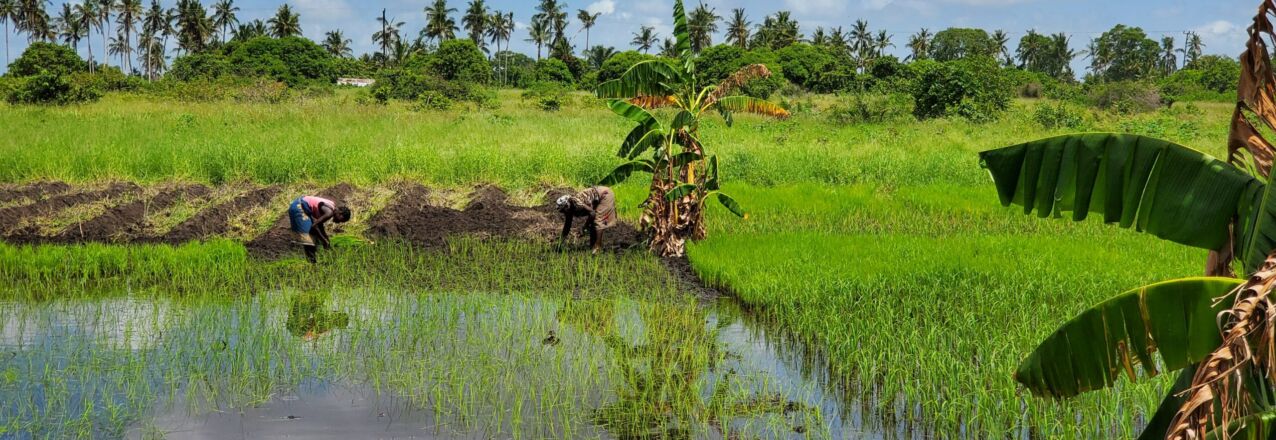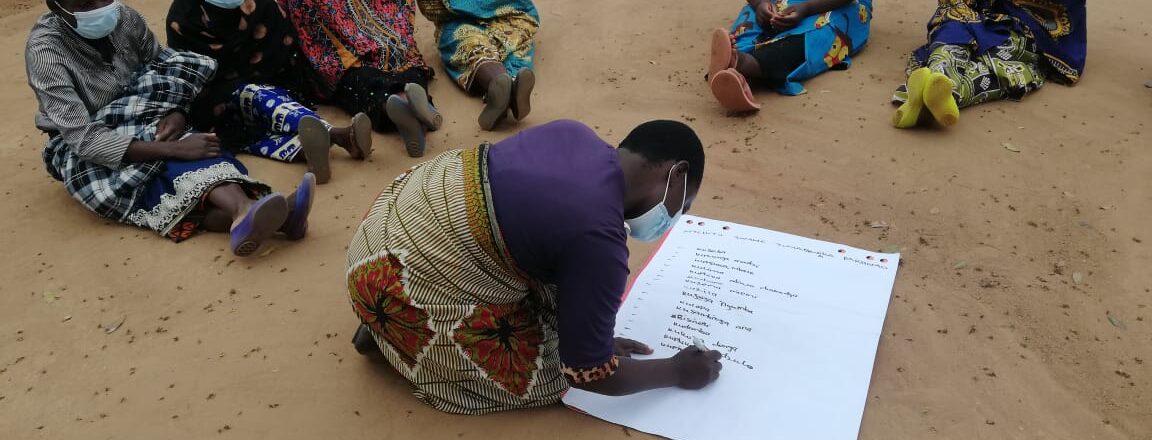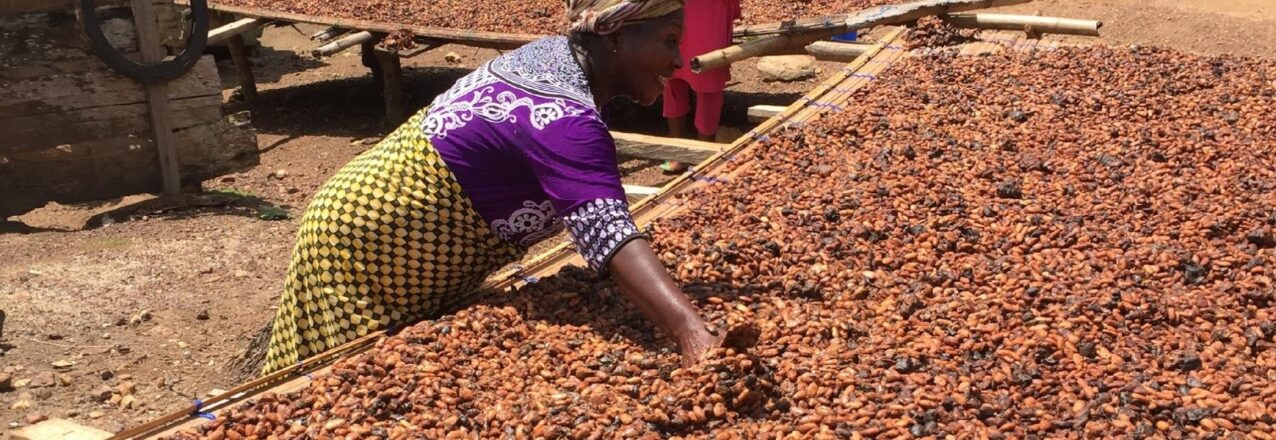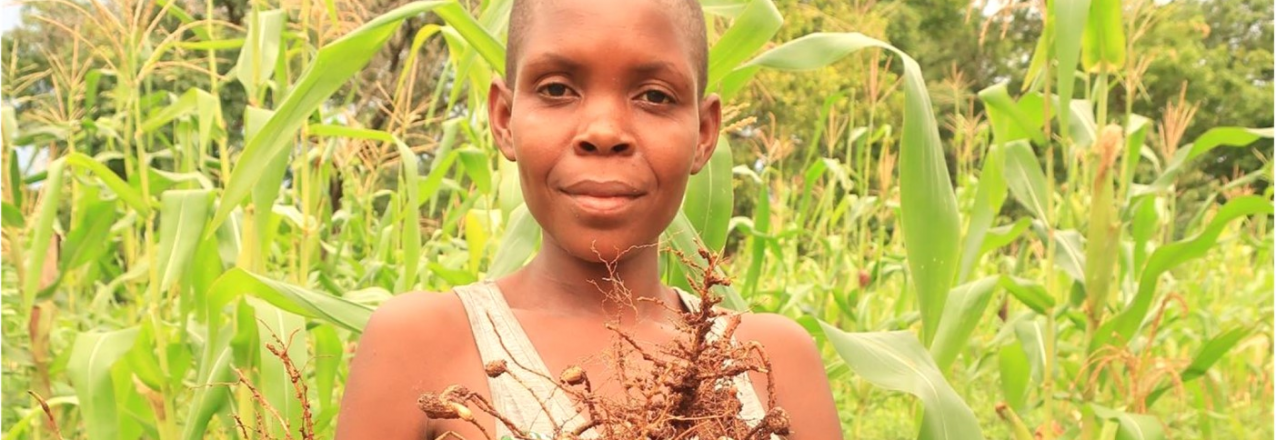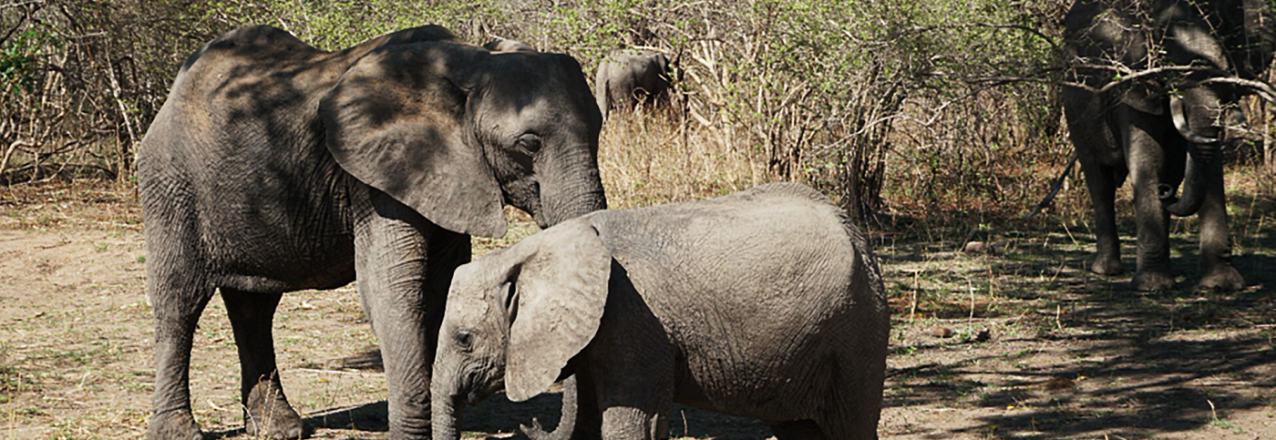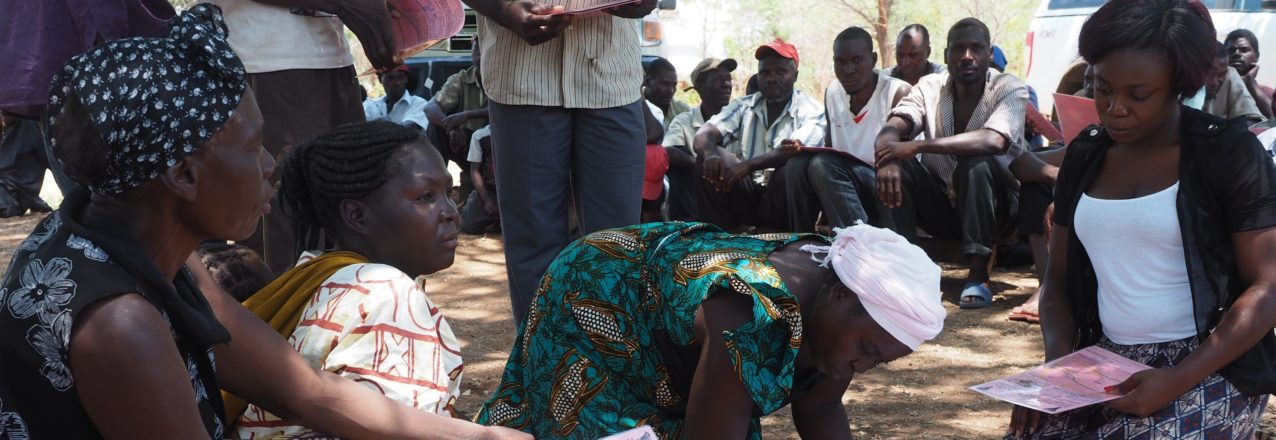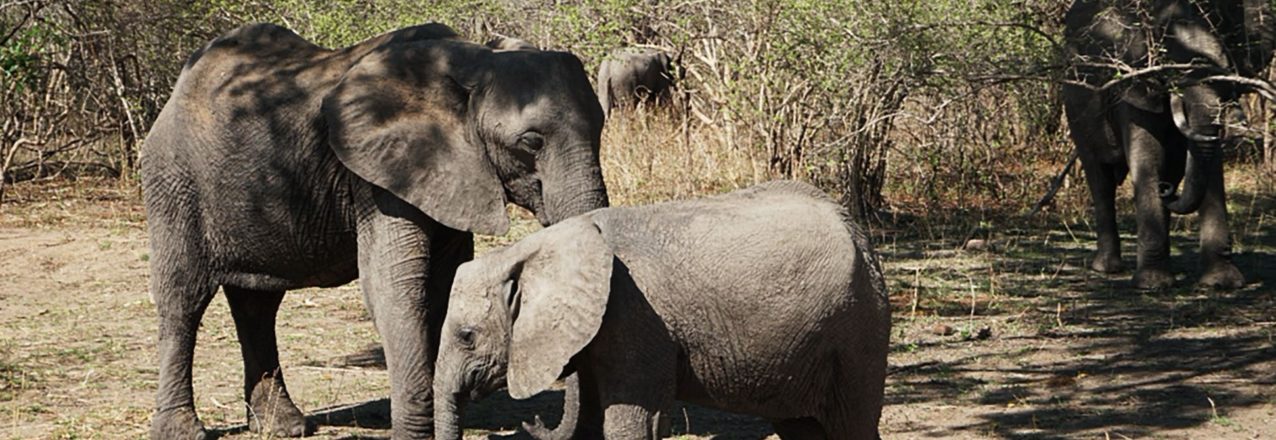INTEGRATED LAND AND RESOURCE GOVERNANCE TASK ORDER UNDER THE STRENGTHENING TENURE AND RESOURCE RIGHTS II (STARR II) IDIQ
EXECUTIVE SUMMARY
Zambia has a relatively robust legal framework for protecting women’s rights and encouraging community participation in forest and wildlife management through acts and policies such as the National Gender Policy (2014), the Anti-Gender-Based Violence Act No. 1 (2011), Gender Equity and Equality Act No. 22 (2016), Zambia Wildlife Act No. 14 of 2015, National Parks and Wildlife Policy (2018), National Forestry Policy (2014), Forest Act No. 4 (2015), and Statutory Instrument 11 of 2018 Forests (Community Forest Management) Regulations. Yet implementation on the ground remains weak, with social norms and structural issues limiting women’s inclusion and participation, particularly within the wildlife and forestry sectors. This report presents a literature review and field assessment of gender issues related to community-based natural resource management in Zambia, examining issues and providing recommendations related to: cultural norms and attitudes; governance; employment; women’s livelihoods and entrepreneurial activities; intersection between wildlife, forestry, and land rights; policy, legal, and regulatory issues; and gender-based violence (GBV) concerns.
BACKGROUND
It is estimated that 60 percent of rural households rely on forests for incomes, contributing approximately 20 percent of rural household incomes and providing at least 1.4 million jobs nationally (Wathum, Seebauer, & Carodenuto, 2016). Wildlife provides an important source of protein and can be the main source of income in some communities, mostly through illegal hunting and sale of bushmeat. Men focus their efforts largely on activities that have potential to earn high income; for example, the three highest value products, charcoal, timber, and honey (Giesecke, 2012). Women tend to focus on daily subsistence and food security needs, including firewood, fruits, nuts, seeds, roots, mushrooms, plant-based medicines, caterpillars, and grass for thatching houses. Firewood collection in particular, is a reason that some girls leave school early and can place girls and women at greater risk of GBV.
FINDINGS
Harmful gender norms are working against women. In all chiefdoms visited, there was a strong cultural belief that men are “strong enough” and women are “too weak” to engage in some of the roles associated with wildlife and forest management, despite women performing equally when given the opportunity. Women who were willing to work in the sector and travel from home faced local stigma, for example being accused of prostitution. Polygamy has made women feel less secure in asserting independence for fear of being sidelined by their husband. These attitudes are not restricted to rural communities, but are pervasive in urban and rural environments alike.
Women’s representation in community governance is very low. Out of the 76 community resource boards (CRBs) found nationally, only four were led by women at the time of the assessment, in part due to few women having resources or social space to run successful election campaigns, family pressure against women taking time away from families to serve, and educational and language requirements. With an increased burden at the household level, women found less time for community leadership (CRBs and village action groups [VAGs]). Women self-selected away from even considering these positions.
Even if elected, women face challenges to equal participation. At the national level, it was single/widowed women, rather than married women, that made it to the top-most level of the CRB structure. When women are elected to local community groups, they rarely occupy positions of authority.
Women’s interests are rarely represented in wildlife governance decisions. When funds come into community resource management, they are often directed to settle a backlog of salary arrears, leaving very little for developmental projects. In some instances CRBs spent funds on projects labelled as “women’s empowerment,” but the projects were not necessarily about women nor did they reflect women’s own priorities. An example of one such a project was the community organized football tournament that was regarded as women’s empowerment project for merely allowing women to take part. Distribution of game meat within communities placed women at risk. For example, safari operators distribute meat from their sanctioned hunts with neighboring communities. However, in some cases delivery results in a free-for-all among community members fighting for meat, resulting in injury and long-standing animosity among community members.
Community wildlife sector employment opportunities are not equitable. The assessment found that the women who had been employed in a community scout role were widely regarded as good and efficient workers. Yet women are not adequately targeted in recruitment, and scout selection is overly focused on physical fitness requirements that are defined in ways that are inherently gender-biased, and are less focused on other important qualities for the job. An example has been the approach in some communities to only select the top finishers in a footrace rather than demonstration of (men or women’s) ability to meet physical requirements, such as running 10km with a pack. When employed, women are culturally expected to carry out additional chores, for example cooking and cleaning, in addition to their hired responsibilities. Female scouts played a role in sting operations for the investigations unit of the Department of National Parks and Wildlife. This role involves luring poachers and spending time with them to gain insight into their activities. The work has created risks of GBV for the scouts involved and requires additional protection measures, which should be more fully factored into these risky operations. GBV is a common problem that has been culturally tolerated within society; as a result, communities underestimate its impact. GBV risks are partly responsible for discouraging women from participating in community leadership.
RECOMMENDATIONS
- Adopt top-down measures that promote women’s participation and representation, particularly in CRBs and VAGs. Set realistic goals to increase women’s participation and leadership. Review the VAG and CRB election guidelines; while maintaining transparency of the process, simplify the rules of the game and remove costly provisions.
- Once women are elected into resource management groups, provide training to both women and men and their spouses, to increase knowledge and capacity to address gender issues as well as specific leadership and empowering skills for women.
- Traditional authorities play an important role in maintaining beliefs and practices and have the power to bring about change. They should therefore be targeted for any meaningful change that will benefit women.
- Develop and adopt national-level regulations on transparency of all budget processes and systems in CRBs and VAGs that increase chances of women to participate and benefit from the CRB resources.
- Implement household level interventions on behavior change to encourage more women to seek leadership positions in natural resource management and create male champions to support them.
- Prioritize women’s political, social and economic empowerment interventions to benefit women within the CRB and VAG structures, such as women’s leadership courses to build confidence, exchange visits or convening for women CRB members in different regions. This includes access to information and skills development opportunities.
- Create and disseminate awareness on women’s involvement in the wildlife sector. Develop briefs on success stories to tackle cultural attitudes towards engagement of women in the sector. Demonstrate a case for increasing trends on the role of women in law enforcement.
- Advocate for adoption by the government of specific targets for promoting the participation of women in trainings, recruitment, and for increasing the hiring of women in the wildlife sector by both the government and CRBs.
- Support the development of strong and gender-inclusive district and chiefdom-wide integrated development planning processes and enforcement mechanisms that consider forestry and wildlife resource use. There is a need to develop a best practice prototype for addressing gender considerations in integrated development plans.


